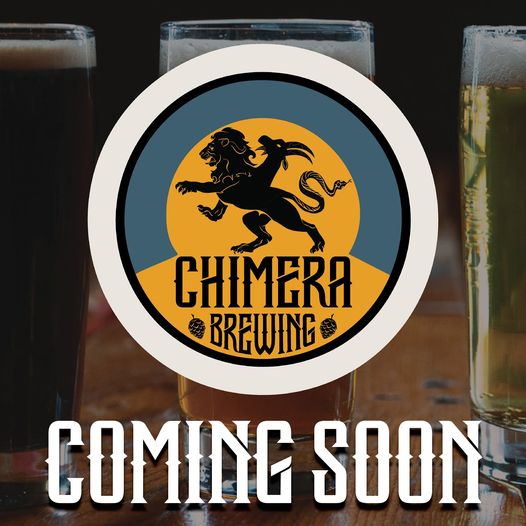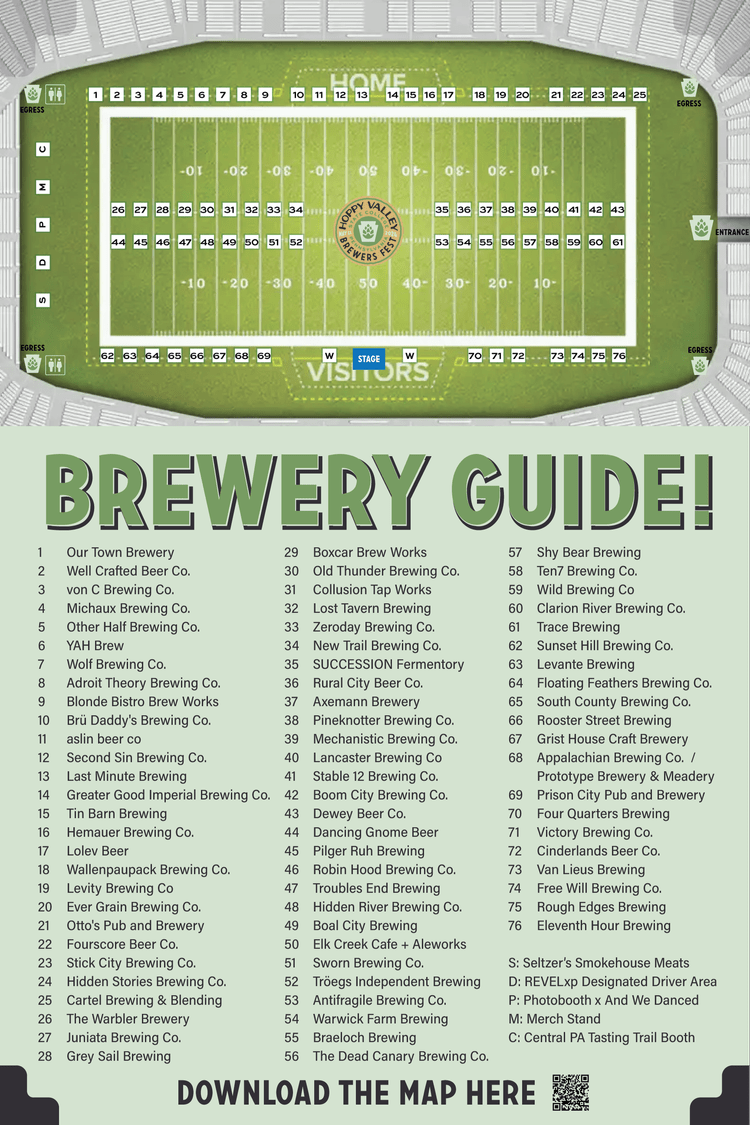Beer Education: Module Two: Barley and Malting
Firstly, let me apologize for the fact that its taken me awhile to post this, as well as the lack of posts. I know I said I was going to do a post a day… and despite being in lockdown, its amazing how hard it is to actually write right now. Despite all the free time, I find myself not wanting to write as much, and I also find myself doing a lot more around the house (so thats a plus). Also, there’s a lack of going out to drink, so I’m not trying as much new beer right now, and mostly drinking the regulars and flagship beers by Boneshire Brew Works, Troegs Brewing, Rotunda Brewing, Pizza Boy Brewing, Lord Hobo, and Tattered Flag. (Again, not really a negative.) But it does mean not as much to write about.
Also, I’ve found my energy to write is somewhat dissipated when a) I have all this time to do “REAL” work around the house, b) I almost have ‘too much’ time, and c) my keyboard is still acting up with certain keys. With a) I find myself doing yard work, helping my daughters with their new online schooling, taking the dog for more walks.With b) I think its the issue of “the busier you are the more you get done”. Its a surprising thing to note, that the days I worked, I got more blog stuff done, etc, I think because my time is / was so limited it forced me to work on it right away, instead of saying “I’ll do it later” …. later never comes. I keep pushing it back. With c) … well its just an annoyance factor, when you constantly use H or N or Y or U, it gets really frustrating trying to do work arounds or mashing your hand into the keyboard to get a button to press. Hopefully soon I will be getting a new laptop (not a priority during a pandemic where I got laid off and have a ton of other things on my plate), and when I do, I imagine my writing will ramp up. Also, as for the blog, it seems AJ and Josh aren’t as interested in writing as much anymore, so I’m the sole force and driver of the blog, which means I need to buckle down and write more, just need to find that energy and drive. The other issue with writing, is always the marketing afterwards. Getting the blog post seen, and doing all the work on Facebook, Twitter, Instagram, etc. It seems writing the blog takes 2-3 hours, and then another hour of self-promotion. And if I post it late (8PM or later lets say), the response from the community is far less than ideal (compared to posting at say noon).
Ok, enough rant and crap, lets finally kick off Module Two. Module two is about barley and malting and taking a key look at the first of the four major ingredients in beer (malt, water, hops, and yeast). The intro page talks about the course ramping up, and comes with an intro video by Stijn.
The second page is a discussion board where you can discuss what cereals (or malts) are used in your country. The question asked is: “In your country, what cereals are used?” and my response was:
“In the US craft beer scene there is pretty much an unlimited amount of grains and cereals at use, by all the different breweries. From roasted malt, to barley, to oats, to flaked oats, to ACTUAL cereals or even pastries (whoopie pies I’ve seen used, etc), and breads and things like graham crackers. Pretty much if it has starch or fermentable sugars, a craft brewer / craft brewery has used it in the USA.”
The next page is another video by Stijn – this time about barley. In the 3:16 minute video, he discusses why barley is pretty much the universal “go to” grain for brewing. Listing economical as well as brew-technical reasons for barley (as compared to the myriad of other choices). Economical reasons are: “grows on all continents, good grain yield, and strong disease resistance”, which means its produced the most (and most effectively) and means the cost for it is going to be lower compared to other options. Brew-technical reasons given are: “local availability, high starch content, sufficient yeast nutrients, sufficient enzyme formation, and adhering husks”.
Next we move onto the ‘barley structure’. Barley is primarily divided into two major types – winter barley and spring barley. From here, there can be many more sub-divisions and varieties like: two-row or six-row barley. Two-row barley is the preferred barley for most brewing. Kernels are more homogeneous, it has a more favorable endosperm over husk ratio, and it has lower protein levels.
Scrolling down on this page, you will find a chart and diagram where you can click different topics and names to read more about barley and the husks and other features of barley. The key parts are: the husk, pericarp and testa, aleurone layer, endosperm, embryo, and the scutellum and epithelium.
The next page is the chemical composition of barley. Here they break down the chemical and molecular levels of a barley kernel, detailing moisture content, carbohydrates, proteins, inorganic matters, lipids, and other smaller matters.
Moving onto the next page we start with the carbohydrates. Carbohydrates are roughly 70% of the dry matter of a kernel and can be broken into two categories: storage and structural. Storage – mainly starch. Structural – cellulose and hemicellulose. There is a drop down menu which breaks these all down for further reading and the molecular composition of each piece. After this is a 7 minute video by Professor Christophe Courtin, one of the experts for the program.
The next page is nitrogen compounds of barley kernels. The page breaks down the nitrogen percentages for the barley used for brewing versus animal feed, and then discusses the proteins in the kernels. After this we move on to polyphenols. Polyphenols contribute greatly to the stability and shelf life of beer. It contributes to the beer color, mouthfeel, and act as natural anti-oxidants.
The next page is a quick quiz to make sure we’re actually retaining all of this knowledge. After the two question quiz, there is a page about barley pests for verified track learners only (if you are paying for your certificate). The net two pages are video and discussion going back to the malting experiment.
This is followed by an expert video by Sofie Malfliet. She has a PHD in Malting Technologies. This is a 7 minute video, discussing her work at Albert Maltings. Following the video we get an overview of the malting process. There is five main steps: 1) cereal cleaning, sorting, and storage, 2) steeping, 3) germination, 4) drying and kilning, and 5) deculming.
From here, this five step process gets broken down. Starting with the cleaning and sorting of the barley. The second page is steeping. (Which is the process of periodically submerging graded barley to initiate germination.) The third page is germination. The fourth page is drying and kilning, and is loaded with charts and information. After this, the fifth and final page is about deculming. After kilning the malt is cooled and the culms are removed. These pages are followed up by a quiz, so hopefully you didn’t skim over it.
Following the quiz is a discussion page on green malt. The question posed is: “What are the advantages you think of using green malt in the brewing process? Are there any disadvantages you can think of? Please share your thoughts with us!” My answer:
“There is definitely advantages and disadvantages. Firstly, for disadvantages its primarily economical and logistical. So for smaller end malting plants this won’t be ideal (thinking of Deer Creek Malt in PA). As far as advantages go, its mainly environmental. Which is always a benefit on the long haul if we are able to do it. Problem is the ‘being able to do it’ part.”
Moving on, we come to the overview of different malts page (next page). It breaks down the barley malts by pilsner, pale ale, munich, aromatic, roasted, and caramel. The next page is another page for verified track learners only (different malt types).
The next page is adjuncts. Their definition of an adjunct is: “Adjuncts are defined as non-malted (mostly carbohydrate) materials used as complements or supplements to (barley) malt. These supplements are used in brewing for the following reasons – cost saving, enhancing brewhouse capacity, and influence on beer.” Different regions have rules, laws, and regulations about adjuncts. Germany still holds true to the purity laws. Some examples of adjuncts are: unmalted barley, corn (flakes), rice (flakes), sugar and sugar syrup.
And that pretty much wraps up Module Two. There is a feedback page, a small quiz page (one question), a larger assessment page (if you are a verified track learner), a discussion page, and an overview page. The final page is a “End of Module Two” page and if you click NEXT after that it brings you to the intro video for module three. So, join me next when we get to tackling module three!
Hopefully it’ll be sooner than later, possibly even tonight, or tomorrow. (Most likely tomorrow at the earliest.) I am going to try and really double-down and get these goings, with some possible beer reviews and other things to round out my articles. I have been working hard on my hops these last few days (beautiful weather), and taking lots of pictures, so there will probably be an article about that for all of you hop growers (or wanna-be hop growers).
Cheers, and stay safe and healthy everyone, looking forward to getting back out to breweries and having a pint with ya’ll! Cheers!
-B. Kline
The Beer Education Series:
** EdX: The Science of Beer Brewing
* Beer Education: Series
* Beer Education: Syllabus
* Beer Education: Introduction
* Beer Education: Module One: The History of Beer Brewing
* Beer Education: Module Two: Barley and Malting
* Beer Education: Module Three: Water
* Beer Education: Module Four: Hops and Spices
* Beer Education: Module Five: Yeast
* Beer Education: Module Six: The Steps of the Brewing Process
* Beer Education: Module Seven: Fermentation and Maturation
* Beer Education: Module Eight: Filtration and Packaging
* Beer Education: Module Nine: Beer Quality and Stability
* Beer Education: Module Ten: Beer Assessment and Tasting
* Beer Education: Series Overview




